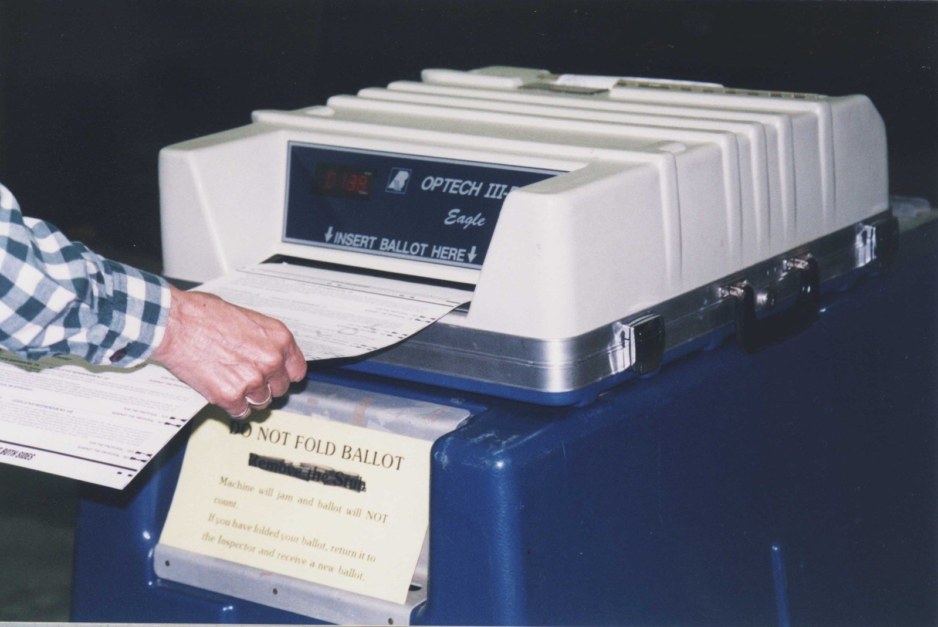Homeowners’ association: What’s the difference between a proxy and a ballot?
What’s the difference between a proxy and a ballot?
Question: I am on the board of directors for my homeowners’ association, and our annual meeting is coming up. There seems to be confusion among our board members and homeowners regarding the difference between a proxy and a ballot, and how the voting process works for owners who cannot attend the meeting to cast their vote.
Answer: A lot of homeowners’ associations (HOAs) hold their annual meetings in the first quarter of the year. Invariably, I get a lot of questions from clients that make it obvious there is confusion surrounding the quorum requirements, proxies, and ballots for these meetings.
A simple summary of Homeowner Association (HOA) terms
What’s a Quorum?
A quorum is the minimum percentage of members that must be present at a meeting (either in person or through an appointed proxy) before the meeting can start and business can be conducted. The quorum requirement should be set forth in the HOA’s bylaws. It can range anywhere from 10 to 60 percent or more. If your bylaws don’t identify a quorum requirement, the North Carolina Planned Community Act sets the quorum at 20 percent, and the Condominium Act sets the quorum at 10 percent. The Planned Community Act has an additional provision: if the quorum requirement is not met at the meeting, the meeting can be postponed by a majority vote of those present, and the quorum requirement will be reduced by half at the reconvened meeting. This process can continue until a meeting can be conducted with enough attendees to constitute a quorum.
What’s a Proxy?
A proxy is a person who has been authorized to cast a vote on behalf of a member who is not present at the meeting. A proxy appointment or form is simply a written or oral authorization by a member to allow someone else to cast his or her vote at the meeting. It is not a ballot by which the member or the proxy casts a vote. It can take the shape of a formal proxy form, or be sent by email, or even be written on the back of a napkin. A proxy appointment can even be made with a phone call (although we don’t recommend this due to the lack of a written record). As long as there is enough “information from which the nonprofit corporation can reasonably assume that the appointment was made or authorized by the member,” (N.C.G.S. § 55A-7-24), the secretary should accept and acknowledge the appointment of the member’s proxy.
What’s a Ballot?
A ballot is a written form by which a member (or their appointed proxy) casts a vote on whatever issue has been placed before the association members for consideration at a meeting. The most common issues voted on at annual meetings are the election of directors, amendments to the association’s governing documents, and approval of special assessments. As attendees check-in at the door for the meeting, a ballot should be given to each member appearing in person, and to each person who presents a properly verified proxy form (note that proxy forms do not have to be notarized). Keep in mind that, for most HOAs, even if a home or lot is owned jointly by two or more people, only one vote may be cast.
What is Action by Written Ballot?
The North Carolina Nonprofit Corporation Act, which governs most HOAs in the state, allows for votes to be taken on a particular issue by members by sending in written ballots, without the need for a formal meeting. This is commonly used for resort properties with many absentee owners, or communities with a high number of rental properties, where it can be difficult to get enough members to attend an actual meeting.
If you are someone who has had difficulty keeping these concepts straight—which is quite common—print this article and keep it with your bylaws as a handy reference for the next meeting at which votes are taken.
This column was originally published in the Charlotte Observer on February 3, 2018. © All rights reserved.
Original article can be found at: https://www.offitkurman.com/blog/2019/10/30/whats-the-difference-between-a-proxy-and-a-ballot-2/
